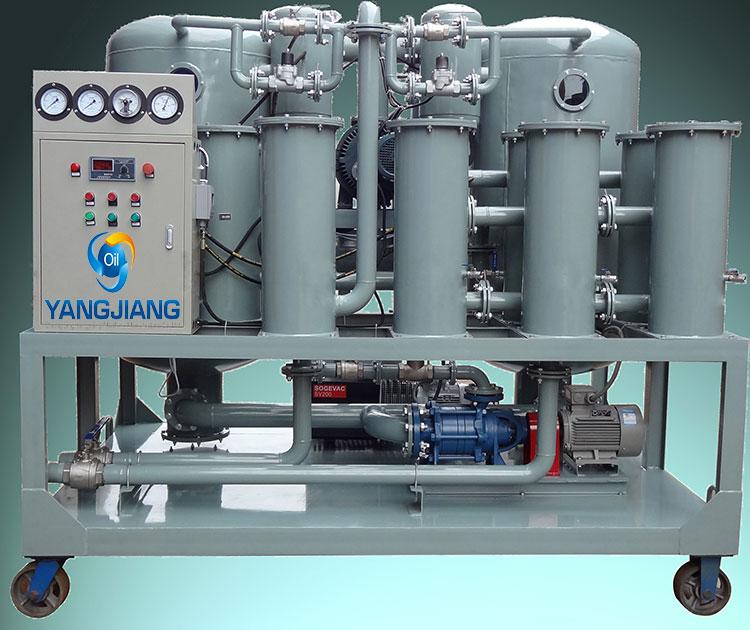Notifications

4 minutes, 20 seconds
-9 Views 0 Comments 0 Likes 0 Reviews

Transformer oil plays a vital role in the reliability and longevity of power transformers. Acting as both an insulator and coolant, the oil helps prevent electrical discharges and overheating, ensuring optimal transformer performance. Over time, however, transformer oil degrades due to heat, moisture, oxidation, and contamination from particles and dissolved gases. To extend the life of both the oil and the transformer itself, regeneration is a cost-effective and sustainable maintenance strategy. But how often should this regeneration occur?
Transformer oil regeneration is a process that removes degradation products such as sludge, acids, and moisture from the oil, restoring its original dielectric and chemical properties. Unlike simple filtration or dehydration, which only remove moisture and particulate matter, regeneration chemically treats the oil, often using Fuller's Earth or similar adsorbents, to recover its insulating quality and color.
There’s no one-size-fits-all answer for how often transformer oil should be regenerated, as it depends on several factors:
Transformer Load and Operating Conditions: Transformers that operate at high loads or under harsh environmental conditions (e.g., high humidity or temperature fluctuations) will experience faster oil degradation.
Age of the Transformer: Older transformers often have aged insulation systems, contributing more contaminants to the oil, accelerating the need for regeneration.
Oil Testing and Monitoring: Regular oil sampling and analysis (e.g., dissolved gas analysis, acidity, dielectric strength) will provide direct insight into the condition of the oil and when regeneration is required.
Maintenance Practices: Transformers with well-maintained sealing systems and moisture controls will have longer oil life and less frequent regeneration needs.
As a general rule of thumb:
Routine Monitoring: Transformer oil should be tested at least once a year.
Minor Regeneration: Partial regeneration (drying and filtering) may be needed every 2 to 5 years depending on usage.
Full Regeneration: A comprehensive regeneration process is typically required every 5 to 10 years, especially for transformers over 10 years old or those in critical service roles.
However, instead of relying solely on a fixed timeline, it's best to let condition-based maintenance dictate the regeneration schedule. This means using regular diagnostic testing to trigger oil regeneration only when certain thresholds—such as acidity levels above 0.3 mg KOH/g or dielectric breakdown voltage below 30 kV—are reached.
Regenerating transformer oil at appropriate intervals provides several benefits:
Extended Transformer Life: Clean, high-quality oil protects internal components and insulation.
Reduced Downtime: Preventive maintenance reduces the likelihood of costly unplanned outages.
Cost Savings: Regeneration is significantly cheaper than oil replacement or transformer failure.
Environmental Sustainability: Regenerating oil minimizes waste and reduces the environmental impact associated with oil disposal.
There’s no fixed schedule for transformer oil regeneration that fits every situation. Instead, utilities and plant operators should adopt a proactive, condition-based approach, supported by regular oil testing and historical performance data. While a rough interval of 5–10 years may apply for full regeneration, the best practice is always to rely on the actual condition of the oil to decide when it's time. This ensures reliable transformer performance, maximized asset life, and minimized operational costs.

